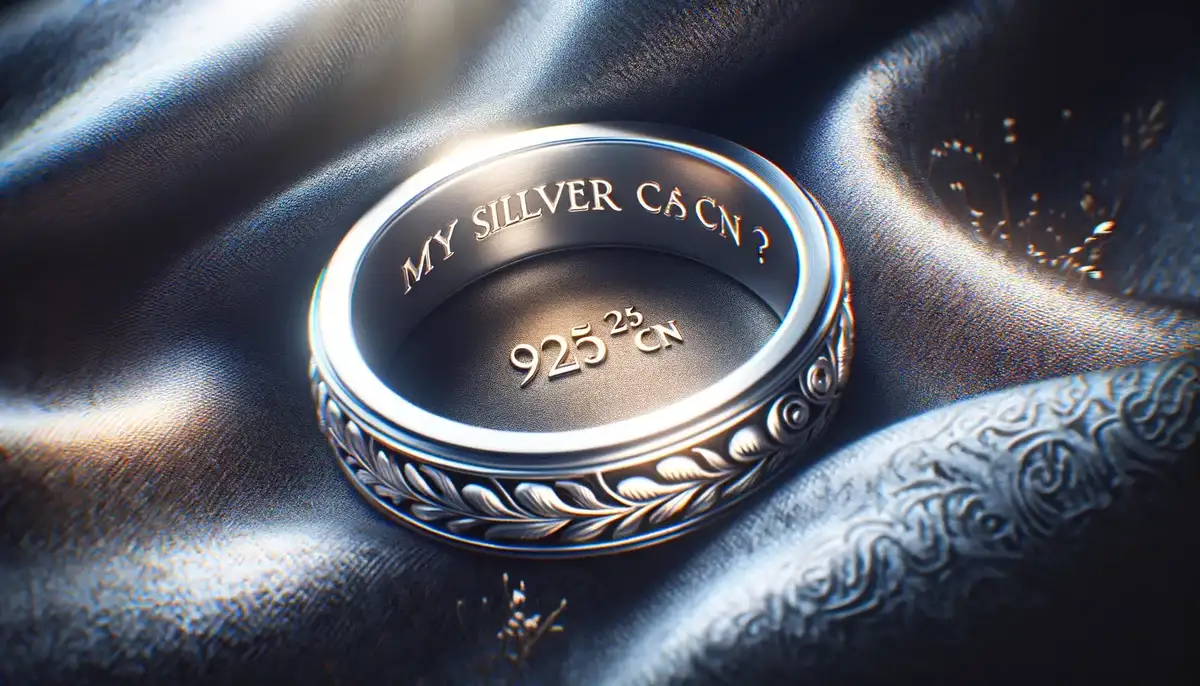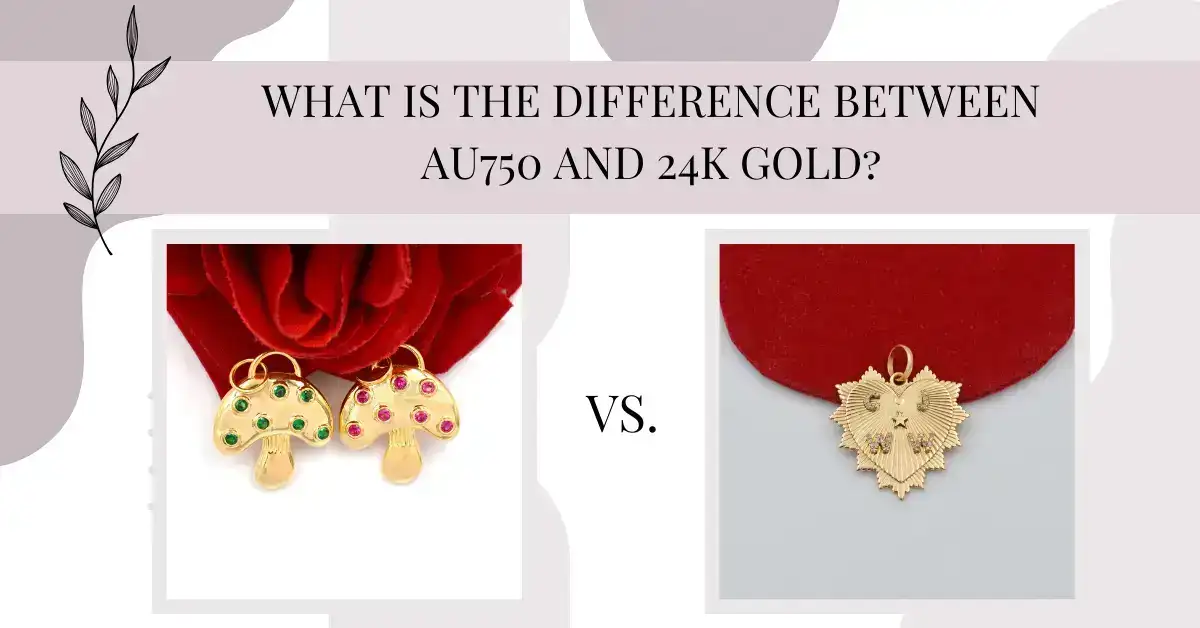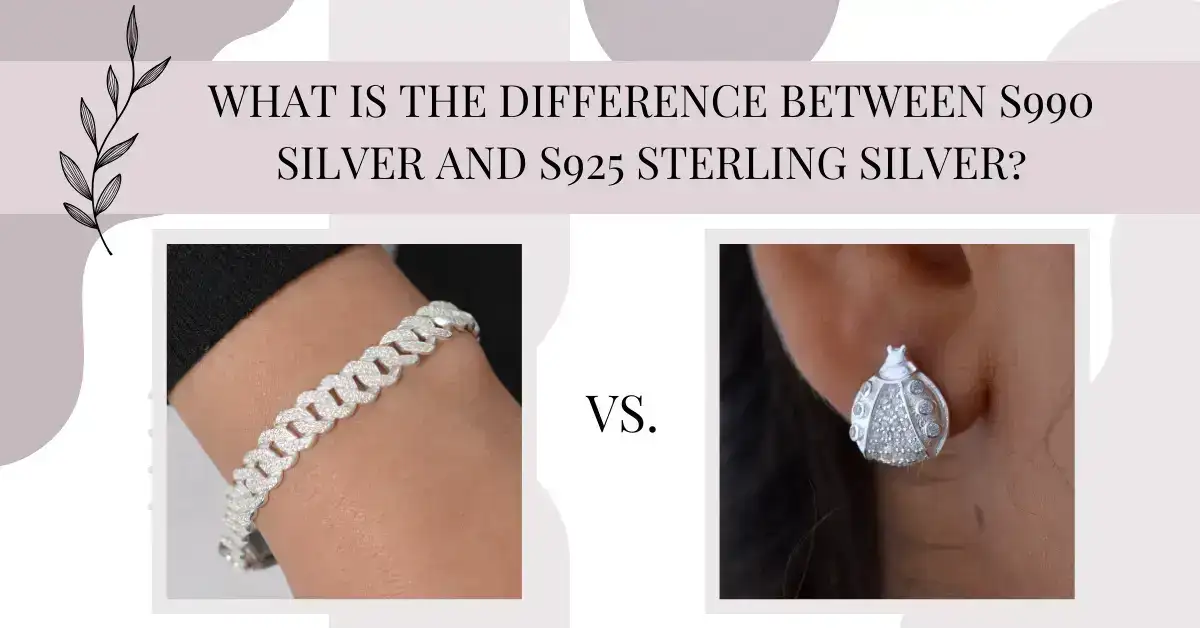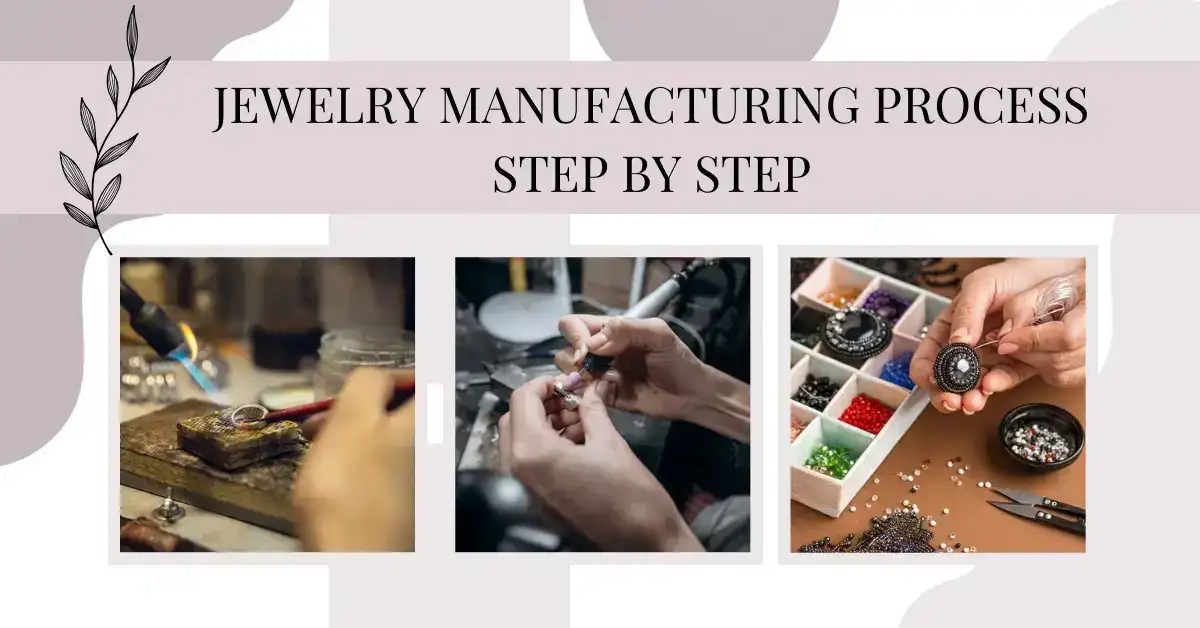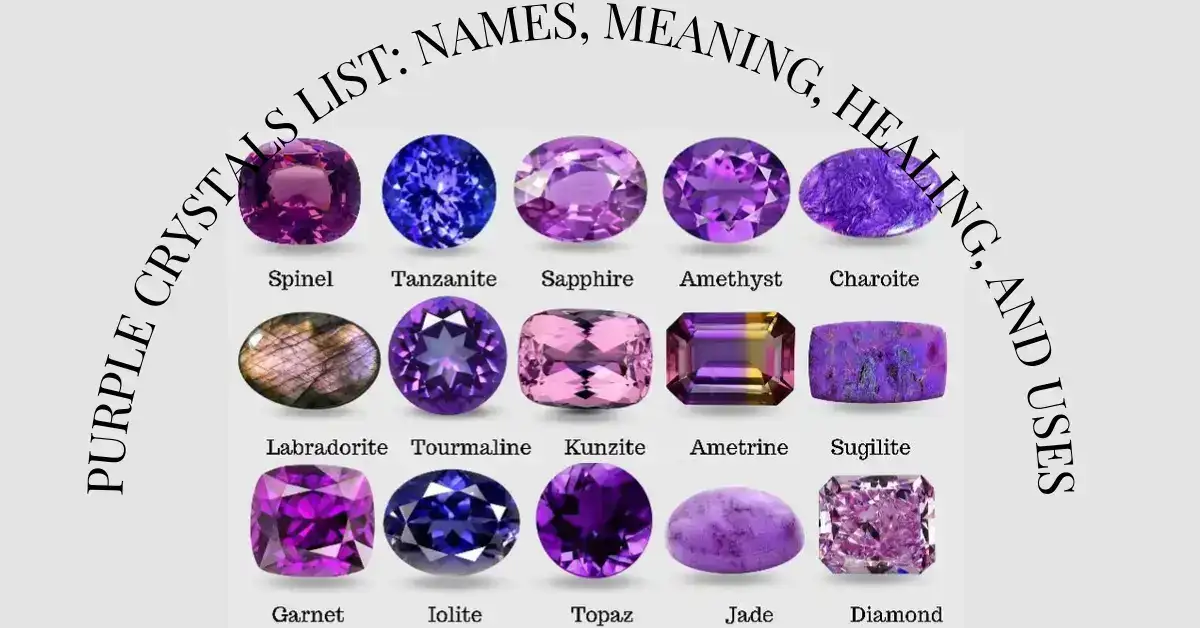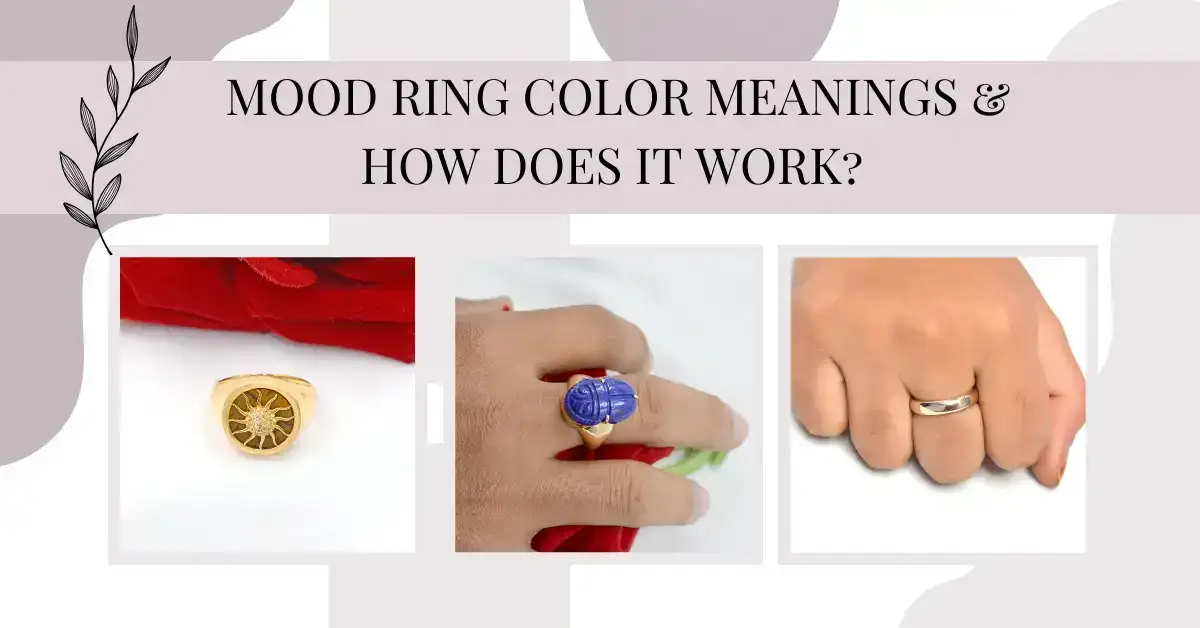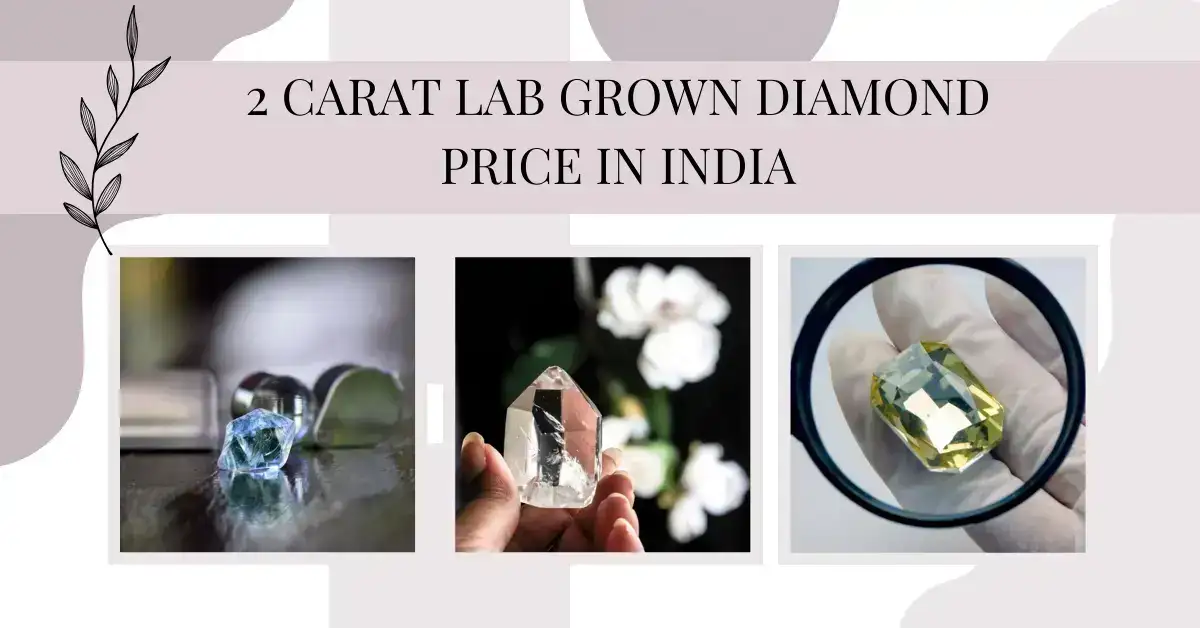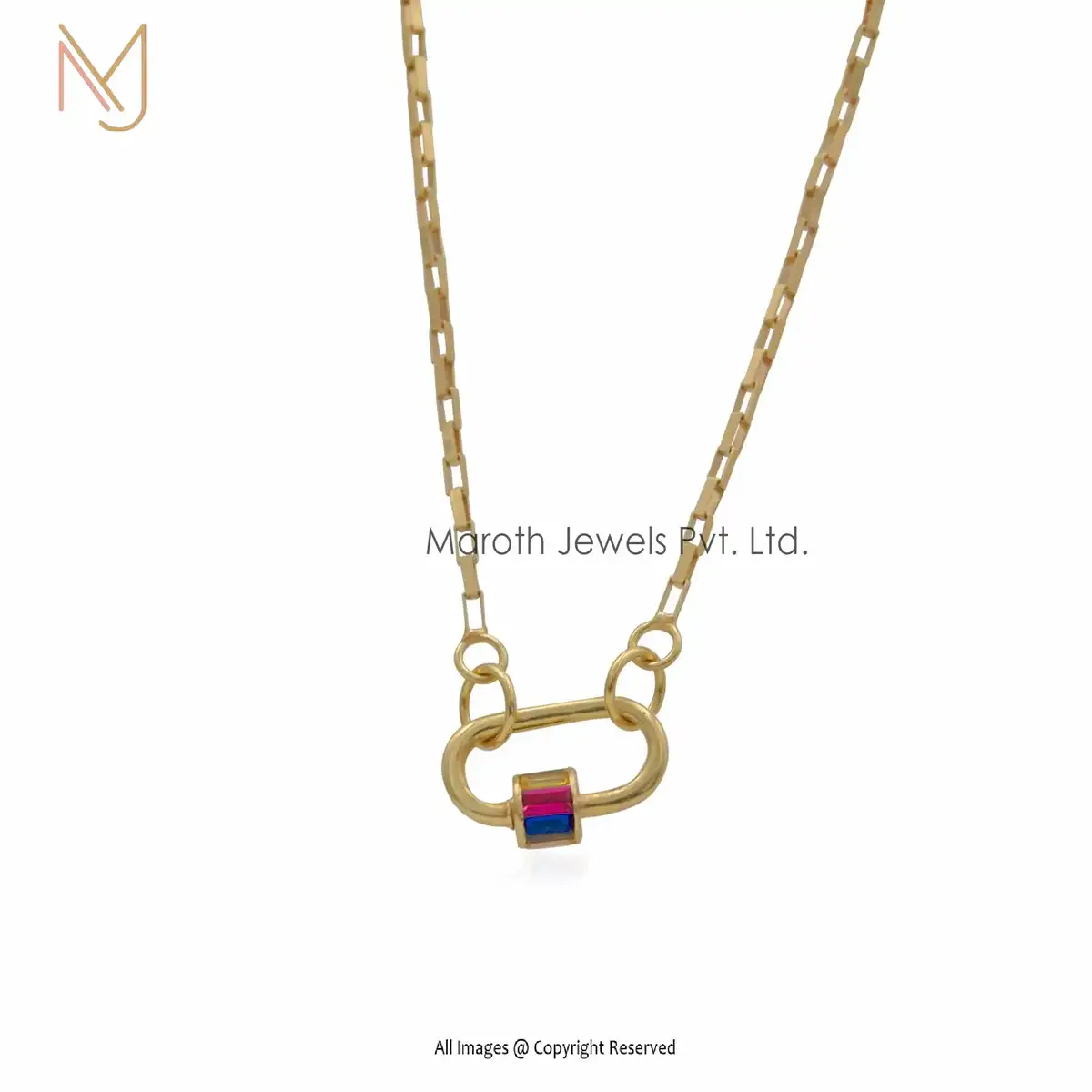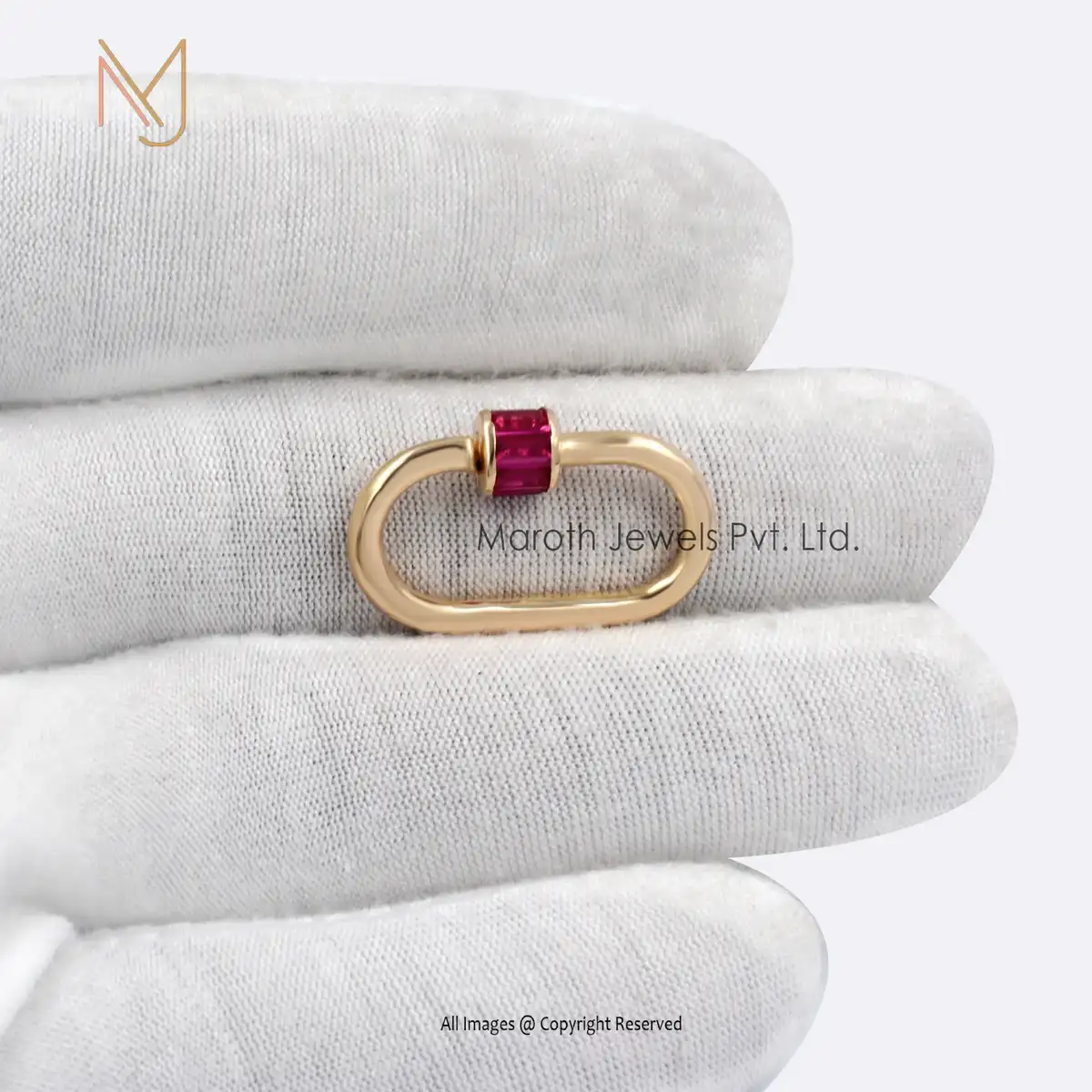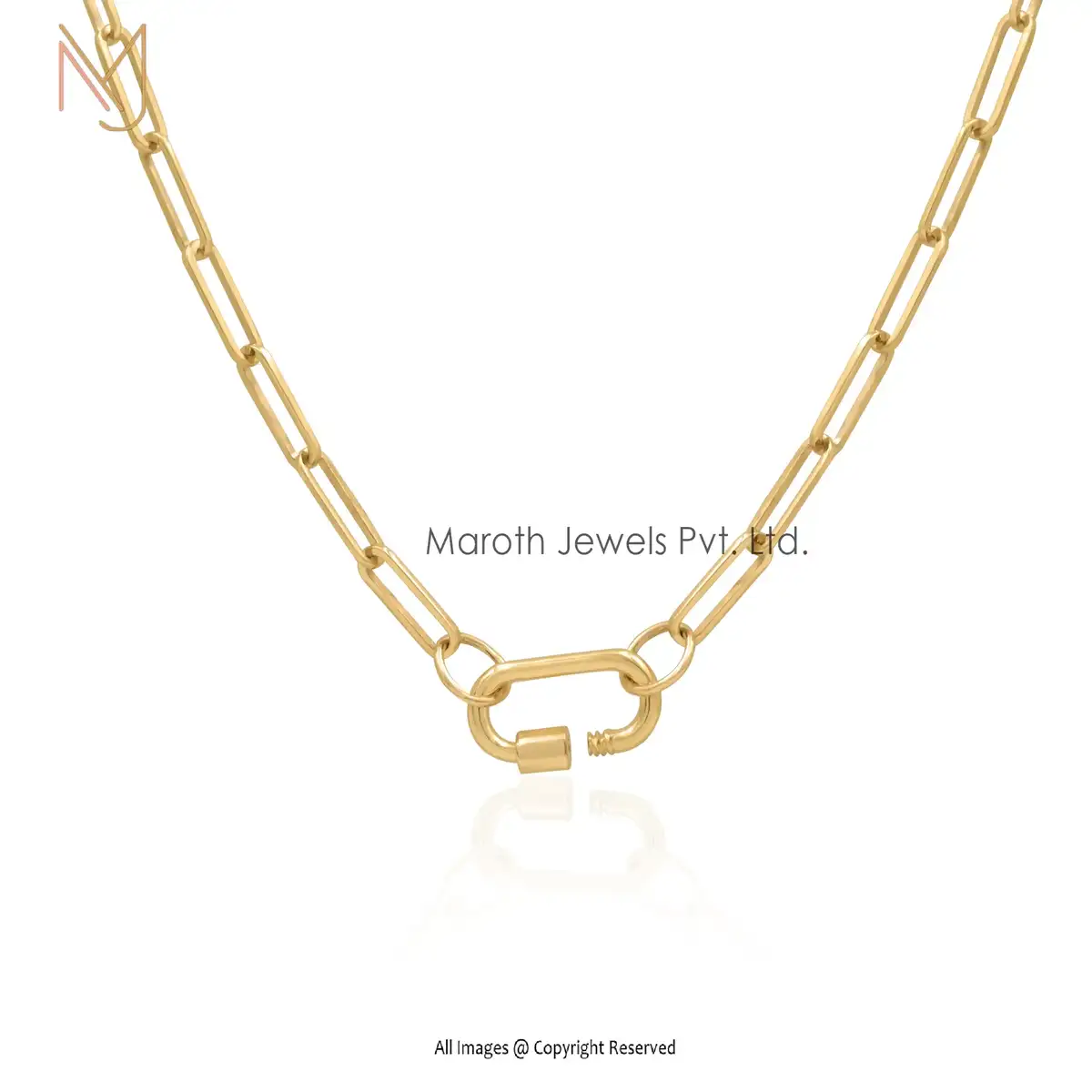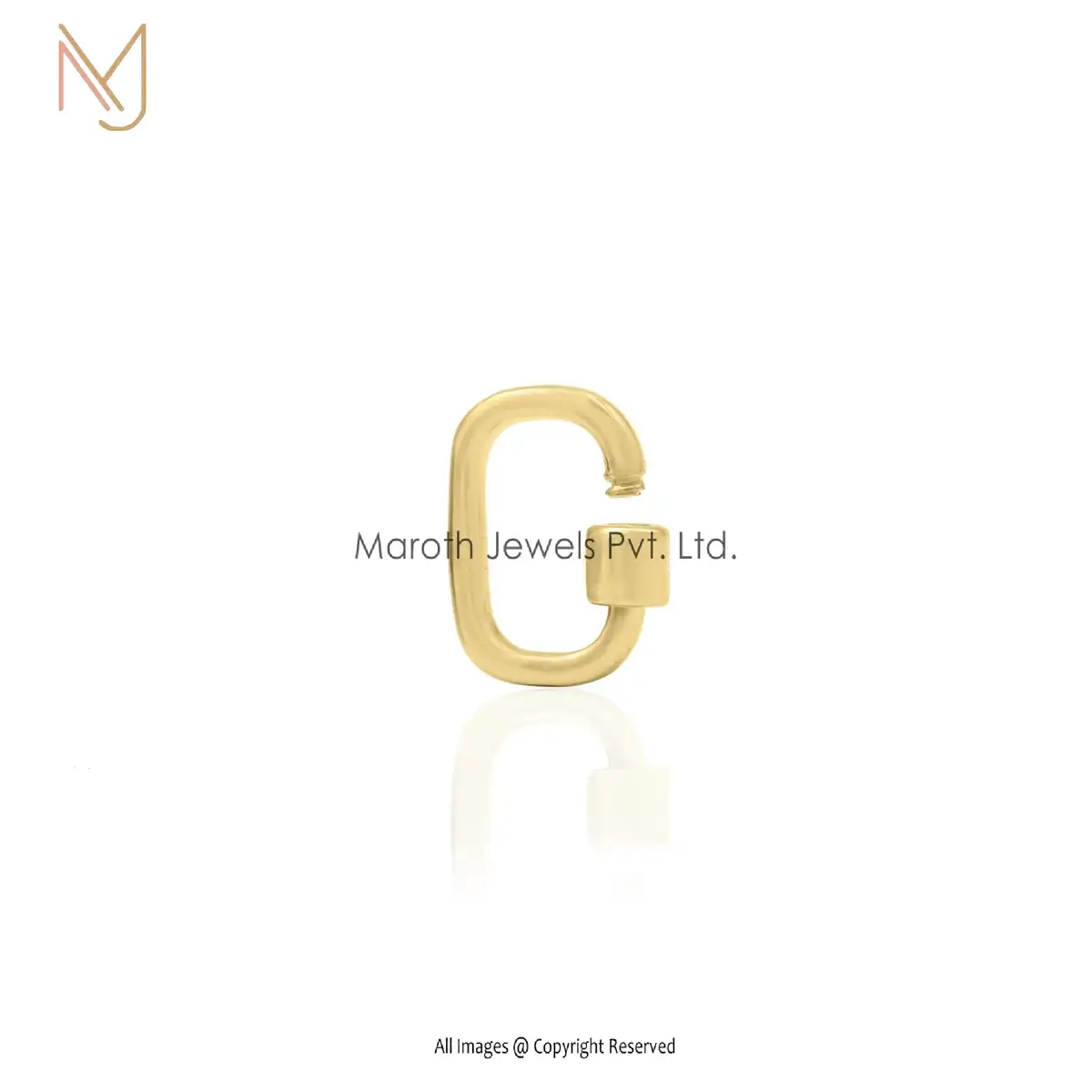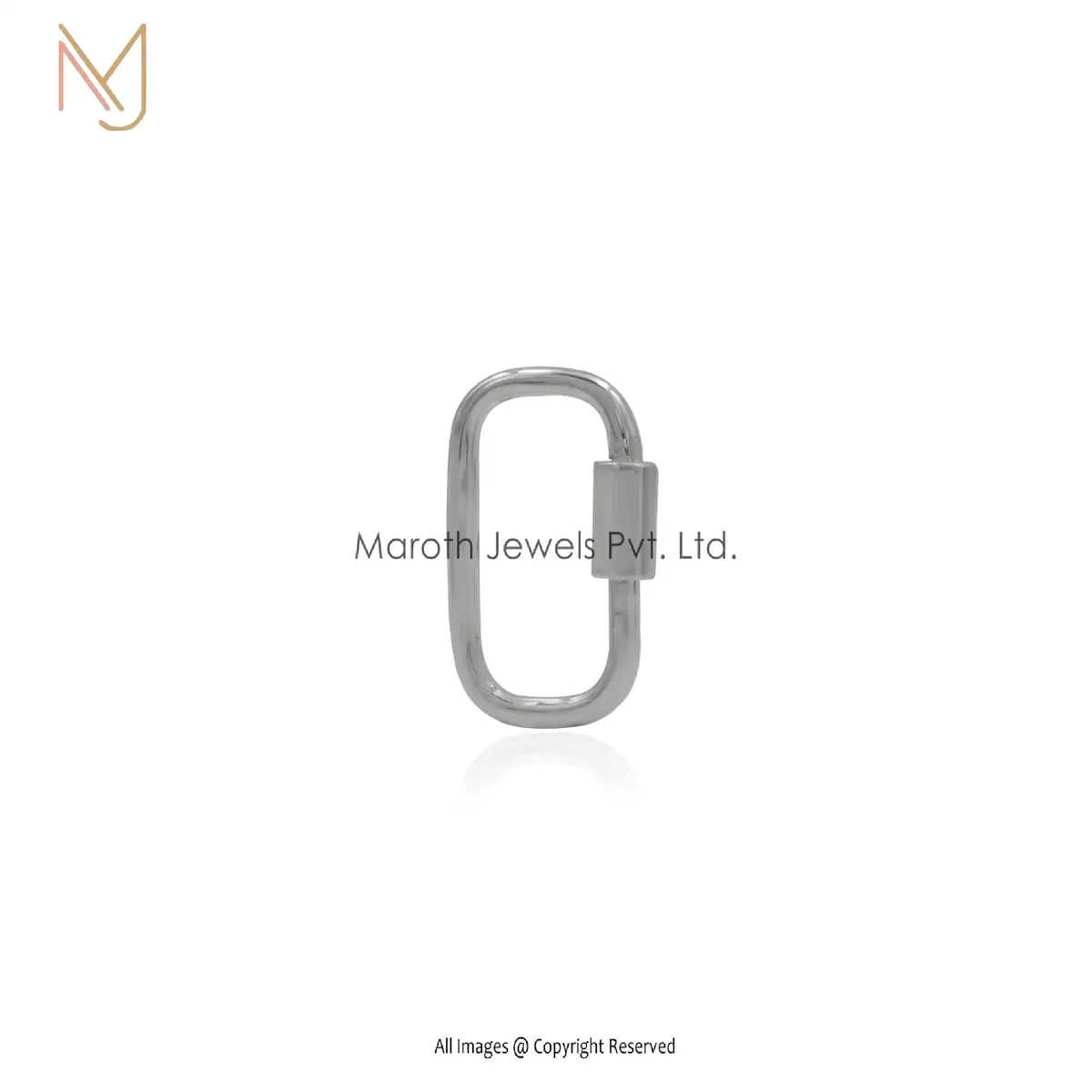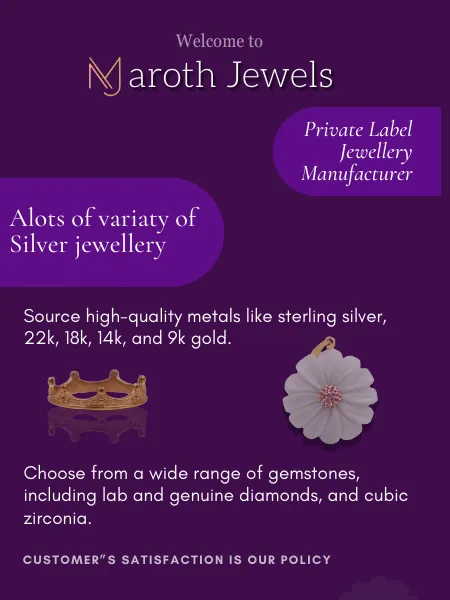The Process of Silver Jewelry Manufacturing: From Mining to Finished Product
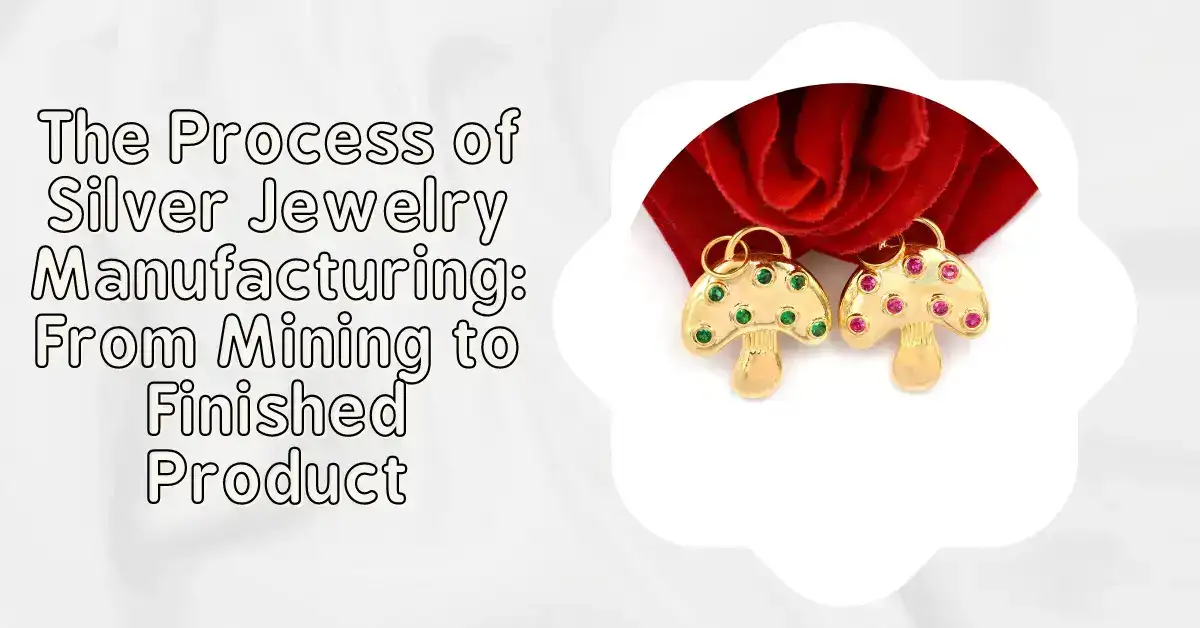
The Process Of Silver Jewelry Manufacturing: From Mining To Finished Product
Do you want to learn how silver fine jewerly manufacturing works? Well, this blog is for you. So, prepare to delve deep into the extraordinary world of silver jewelry. It is here that ancient craftsmanship meets modern technology, and raw materials are transformed into timeless treasures. Here, we will guide you through each meticulous step of silver jewelry manufacturing, from the moment the precious metal is unearthed to the intricate process of shaping it into exquisite pieces that adorn you. So, get ready for a journey through the bowels of the Earth, where silver lies hidden, to the skilled hands of artisans who mold it into works of art. With this being said, let’s get right into it, with the first step.
1. Silver Ore Mining: The Intricacies of Silver Mining
The first step of silver jewelry manufacturing is to get the silver ore out of the ground. Therefore, our journey begins deep beneath the Earth’s surface. Here, the geologists use huge cutting-edge technology to identify promising silver deposits. In addition to this, the skilled miners, equipped with state-of-the-art machinery will extract the raw silver ore with precision. Thus, ensuring minimal environmental impact. Moreover, the miners navigate a labyrinth of tunnels, carefully extracting the ore, which is then meticulously examined for quality and purity. In recent years, technological development and specifically advances in geological mapping and surveying techniques have revolutionized the mining industry. Consequently, making the extraction process both efficient and environmentally responsible.
READ MORE:- wholesale gold jewelry
2. The Ore Refining: From Ore to Pure Silver
Here, the ore will undergo flotation to separate silver-rich particles from other minerals. Following this, the industry will use a series of chemical processes to remove impurities, leaving behind a high-grade silver concentrate.This concentrate, rich in silver content, is further processed using techniques like cyanidation and electrolysis, giving us pure silver bars or granules. It goes without saying that the purity of this silver is very crucial. Reason being that, it forms the foundation of every exceptional piece of jewelry, ensuring its brilliance and longevity.
3. Silver Alloying: Blending Brilliance with Durability
With refining out of the way, it’s time to create silver alloy. But why do we need an alloy when we have pure silver you ask? Well, there are a range of reasons. First of them being that, alloying will enhance its durability while retaining its natural shine. Moreover, one must also take in consideration that specific composition of the alloy affects the silver’s hardness, color, and resistance to tarnishing. Therefore, ensuring that the jewelry crafted from it is not only beautiful but also enduring. This step is one of the most important parts of silver jewelry manufacturing.
4. The Craftsmanship of Silver Ingots: Shaping the Foundation
Now that we have the silver alloyed, it’s time to melt and cast it in the form of pure bars or granules. Why? because it is easier for commercial activities and transportation. Coming back to the process, it demands high precision. Here, both the temperature and pouring techniques directly influence the ingot's density and structure. Resulting ingots serve as the raw material for skilled artisans, who expertly shape them into various forms, ranging from thin sheets to intricate wires. Now we are done with the manufacturing part, let’s move to the next where we shall turn the raw material into a piece of art.
5. Fine Jewelry Manufacturing: Designing Your Unique Piece
It’s time to start fine jewerly manufacturing. Theoretically it will start with a vision, which is then translated into detailed sketches by talented designers. These fine jewerly designs, often inspired by nature, culture, or personal stories, serve as the blueprint for the jewelry piece. New age designers often take help of Computer-Aided Design (CAD) software to create advanced designs. This process is actually longer than the manufacturing one. So, let’s bring the design to life in the last process.
6. Precision Casting and Finishing: Bringing Designs to Life
With the design ready, there’s only one thing left to do, bring it to life. So, we start with the process of precision casting commences. Here, the expert craftsmen create wax models of the approved designs and capture even the most intricate details.Then these models are encased in plaster, forming molds into which molten silver is carefully poured. It goes without saying that the casting process demands extraordinary skill and precision to ensure the silver fills every crevice of the mold. Thus, preserving the design's integrity. Following the casting process, the jewelry pieces undergo meticulous finishing. This includes smoothing, polishing, and buffing. This is done in order to bring out the silver's natural brilliance. Skilled artisans add intricate engravings or delicate filigree work, further enhancing the piece's beauty and uniqueness. And with this, we are done with the silver jewelry manufacturing process.
READ MORE:- buy bangles in bulk
Conclusion
Are you interested in fine silver jewerly manufacturing? Well, in this blog we discussed every step related to the same. It goes without saying that it takes a lot of skill, technology, and time to bring silver from its ore state to something that can add to your beauty and glory. And with this said, it’s time to conclude the blog.
FAQ
Q1: What is the First Step in Silver Jewelry Manufacturing?
A1: The initial step involves silver ore mining, where skilled miners extract raw silver ore from deep underground, utilizing advanced machinery and environmentally responsible techniques.
Q2: Why is Silver Alloying Important in Jewelry Manufacturing?
A2: Alloying enhances silver’s durability while preserving its natural shine. Common alloys like copper and zinc are blended by master metallurgists to create a balance between malleability and strength, ensuring the crafted jewelry is both beautiful and enduring.
Q3: What is the Role of Artisans in Shaping Silver Jewelry?
A3: Skilled artisans use silver ingots, created from the alloyed silver, shaping them into various forms, from thin sheets to intricate wires. They meticulously craft the silver, adding finishing touches like smoothing, polishing, and intricate engravings to enhance the piece's beauty.
READ MORE:- The Best Countries for Fine Jewelry Manufacturing
Recent Posts
My silver ring says 925 CN. What does this mean?
What is the Difference Between Au750 and 24k Gold?
Jewelry Manufacturing Process Step By Step
10 Famous Jewelry Manufacturers In Italy of 2024
Mood Ring Color Meanings & How Does It Work?
2 Carat Lab Grown Diamond Price In India
Related products
Privated Label 14K Yellow Gold Plain Carabiner Lock
Wholesale 9K Yellow Gold Rectangle Carabiner Lock Findings Jewelry
Contact Us For Custom Jewelry
Please get in touch with us and share your ideas if you have personalized jewelry or are searching for a private label jewelry manufacturer. In accordance with your suggestions, we will make and present genuine jewelry.
Drop Us a Line
Scan QR Code
for immediate contact










